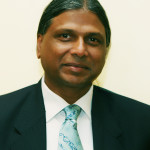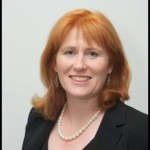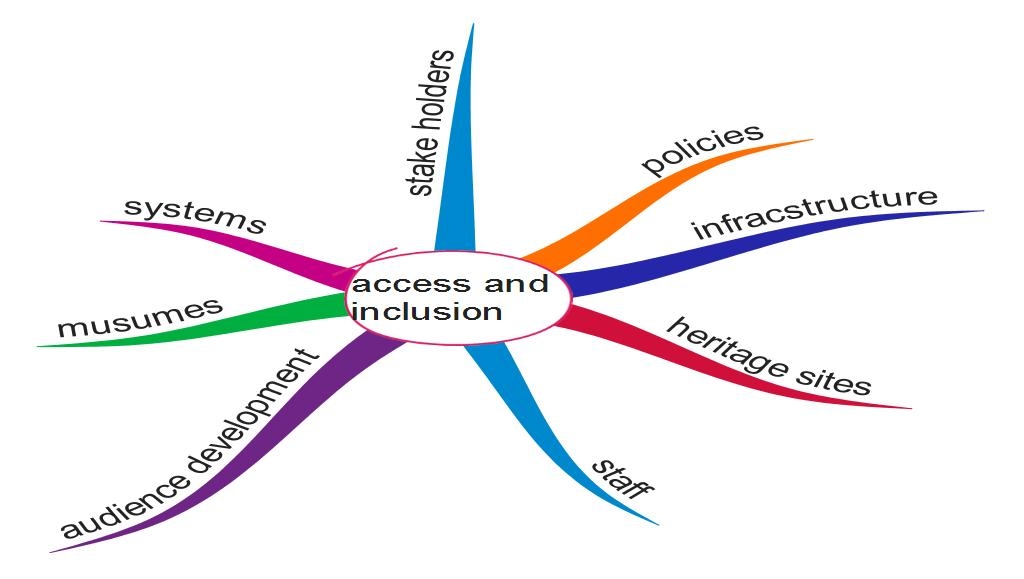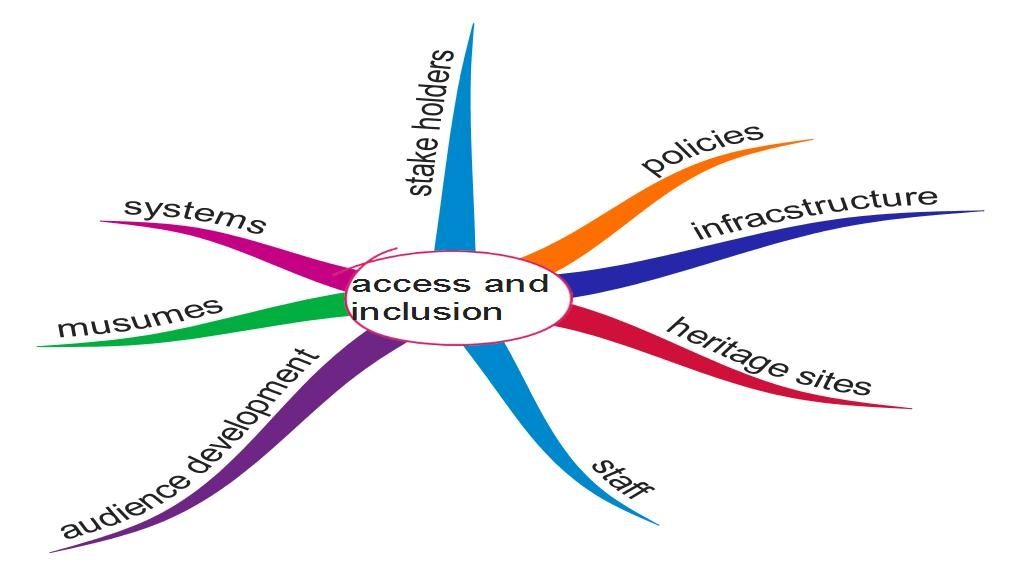Accessibility and its various interpretations
Museums, heritage sites, libraries, and archives can best serve the public by making their programs and facilities as broadly accessible as possible. This means creating opportunities that go beyond the basic requirements of out reach services, and thinking expansively about how to be widely-inclusive, welcoming, and collaborative. We have put together a few articles that our contributors have written in the past . They reflect the different approaches, initiative and interpretation of accessibility in museums,galleries and heritage sites
 Abhishek Ray – Principal Architect at Matrika Design Collaborative, Mumbai
Abhishek Ray – Principal Architect at Matrika Design Collaborative, Mumbai
Read his full article here: Crafting an Inclusive Culture within India’s Museums which talks about inclusion in the recruitment process as well as participation in policy decisions.
 Professor Amareswar Galla- Executive Director of the International Institute for the Inclusive Museum, Australia and Denmark.
Professor Amareswar Galla- Executive Director of the International Institute for the Inclusive Museum, Australia and Denmark.
In his article In Search of the Inclusive Museum Mr. Galla summaries a conference held in New Delhi and the different approaches taken by Indian museums and institutions to be more inclusive.
 Bhavani Esapathi – writer and speaker on digital innovation in the cultural sector.
Bhavani Esapathi – writer and speaker on digital innovation in the cultural sector.
In her article ‘How Do We Make the Arts Accessible?‘ she talks about the different dimensions or aspects of disabilities. Disability in the context of not just the consumers but producers as well.
 Loretta Mordi – Collections and Engagement Manager at Museums Galleries Scotland.
Loretta Mordi – Collections and Engagement Manager at Museums Galleries Scotland.
In her post ‘Why Museums Need to Embrace a Culture of Accessibility’ Loretta talks about the different kinds of barriers and what museums can do to overcome these barriers.
 Nilofar Shamim Haja- Senior manager for programmes and project,G5A foundation for contemporary culture,Mumbai.
Nilofar Shamim Haja- Senior manager for programmes and project,G5A foundation for contemporary culture,Mumbai.
In Prioritizing Access to Culture on Equal Footing with Education and Employment for Persons with Disabilities she highlights the importance for people with disabilities to be part of an inclusive society that champions access to culture as equally important as getting a degree, seeking jobs, voting, and traveling
 Joonne Orr – CEO of Museums Gallereis Scotland,
Joonne Orr – CEO of Museums Gallereis Scotland,
In Lessons from Scotland: How Can Local Museums Contribute Towards Community Well-Being she talks about the approach MGS extensive consultation with the Scottish museum and heritage sector and stakeholders. The realization was that creating public value was crucial to the ongoing sustainability of museums in Scotland.
 Lucy Harland – museum interpretation consultant, UK .
Lucy Harland – museum interpretation consultant, UK .
In her two part post Writing Text for Museums: Knowing Your Audience Lucy highlights text as an important medium of inclusion and accessibility and the intricacies of crafting text for various audiences.
 Tanishka Kachru – exhibition design specialization at the National Institute of Design, Ahmedabad.
Tanishka Kachru – exhibition design specialization at the National Institute of Design, Ahmedabad.
Pop up exhibitions hold the potential to provide creative and inclusive platforms for exploration of critically important issues in society, writes Tanishka Kachru in her post Popping Up in a City Near You: The Participatory Approach of Pop Up Exhibitions

Tejshvi Jain – founding director of Rereeti , Bangalore
In her article Why donot Indians visit museums she discusses the various factors that create barriers for people to visit museums in India.
What is your interpretation of accessibility and inclusion? Which article resonates with you the most? We would love to hear the effort you or your organization does to address this challenge. Do write to us .









Recent Comments